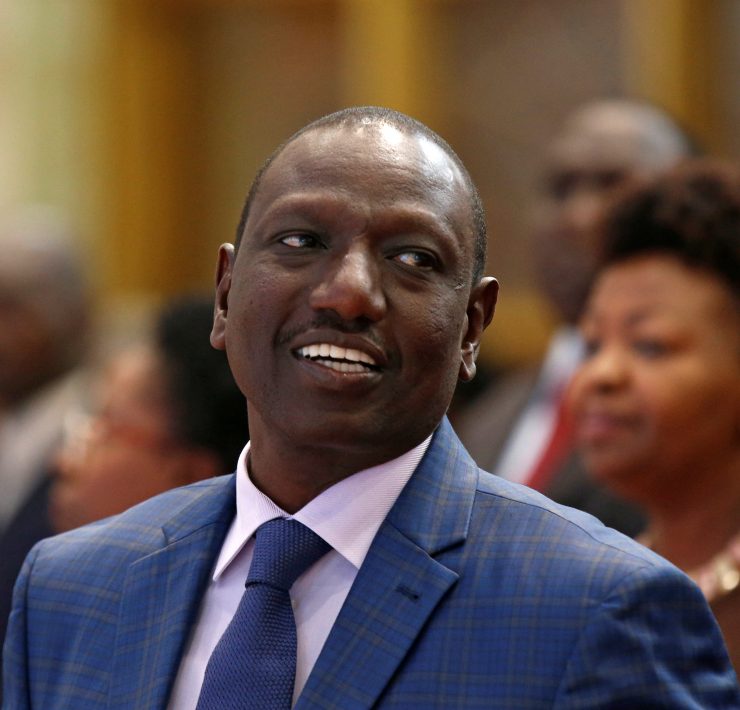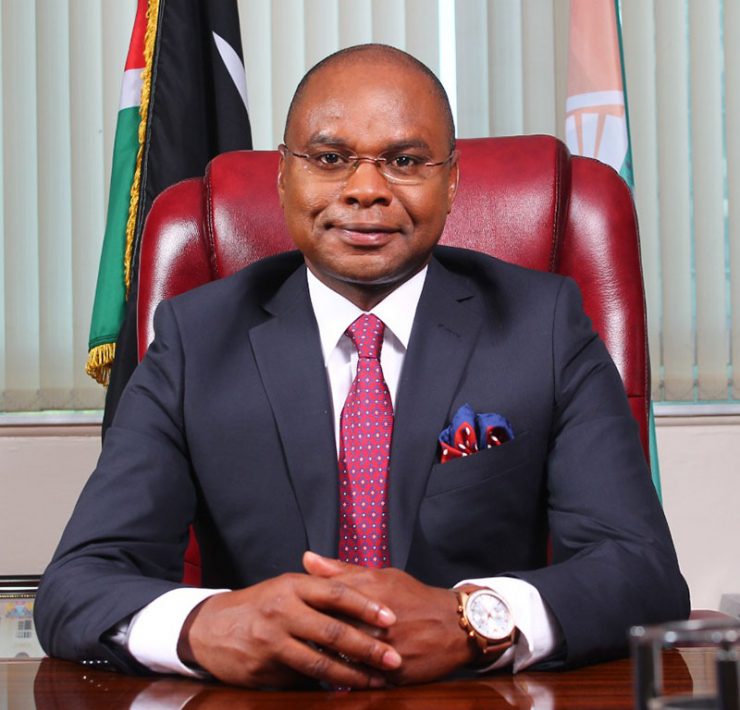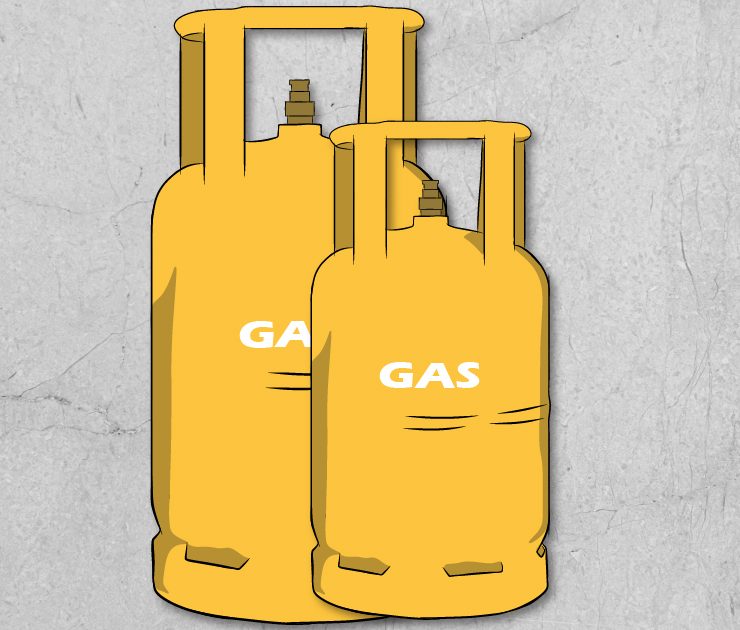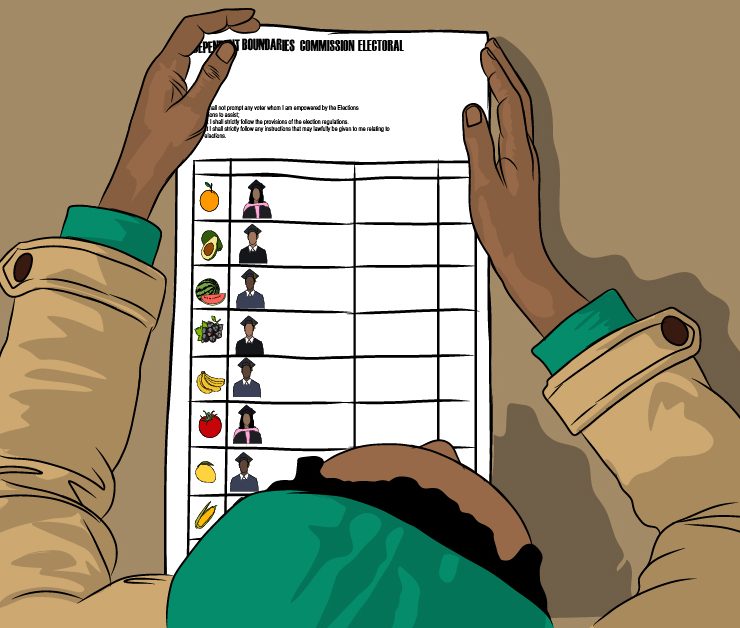Every few years, Kenya grapples with the nagging problem of secondary school strikes, and the debate that ensues in the aftermath often involves a good dose of blame shifting. Amidst the 2021 episode of unrest, I spoke to two experts and picked their minds on the genesis of the protests and how the country can pull itself out of the recurring mess, a mess that has resulted in a series of task forces and inquiries which often bring back near-identical recommendations.
The Exam Factor
The exam factor has always been a big one. The fear of sitting for major exams, exam leakage, the pressure to perform or even poor results unsettles the learners who feel that life begins and ends with one’s final grade.
According to Dr. Emmanuel Manyasa the Executive Director of Usawa Agenda, it is ironic that “you are sending this child to school, you are insisting and getting them to work, like donkeys to try and pass the exam, while at the same time as a society, we are devaluing education, by word and deed“.
When it is inculcated into students’ minds that passing exams is do or die, the resultant feeling is that one is a failure in life if they do not pass the exams. Such pressure can be immense and counter-productive. The new 2-6-3-3-3 education system seeks to remedy this by making education skill oriented rather than exam oriented.
Overloaded Curriculum
A majority of the strikes occur during the second school term, which is often the longest and the toughest term especially for learners in boarding schools.
In 2008, more than 300 strikes were occasioned between July and September, and in 2016 more than 120 strikes were reported between May and July. Later in 2018, over 60 schools were burned just in the month of July.
The disturbances of 2021 followed the same trend. The government squeezed in four terms in a year instead of the usual three to make up for time lost during the Covid-19 pandemic lockdown, putting pressure on the students. That pressure was partly blamed for the unrest.
Victoria Rika, a psychologist, agrees that this kind of pressure contributes to student unrest.
Victoria Rika’s comment on how the overloaded curriculum is affecting students.
Peer Influence (You do it, we do it)
In a 2016 study by the crime research center – both students and teachers ranked peer pressure as the leading factor to the strikes that happened between June and August of 2016. The trend is that once the ball is set rolling, then it snowballs domino-effect style.
The Parenting Factor
Parents often get faulted for not instilling discipline in their children leading to the rise of misguided teens, an assertion that keeps coming up in reports and debates.
As an intervention, and a controversial one at that, the Cabinet Secretary for education Prof. George Magoha has been advocating the re-introduction of corporal punishment, arguing the spare-the-rod-and-spoil-the-child case.
Prof. George Magoha on reintroduction of corporal punishment in schools.
When I put the question to her, the psychologist Victoria Rika had reservations on reintroduction of canning in schools. “If you need to employ corporal punishment, outside, that is a very personal personal issue better left for the parents,’’ she says, ‘’‘and it’s just to actually come to an agreement how Corporal is Corporal.”
Communication Breakdown
Granted, sometimes students have legitimate grievances. What happens when they are not addressed? Or when school administrators fail to communicate effectively with their students? Psychologist Victoria Rika understands too well the need for proper communication in all types of relationships, failure which creates a strain.
“If teachers or the school administration have an open door policy, then aggrieved students can actually come to the head teacher’s office and express themselves,” she says. “But do the teachers have the capacity to listen to students, or do they feel like it’s either their way or the highway?’’
Guidance and Counseling
There are times when students have burning problems that require direction. Victoria is clear on what a proper functioning guidance and counseling office should look like. “If schools could have very independent psychologists, who would not have any other role in the school, apart from simply sitting down with the students, and talking to them about their issues” she says.
The parliamentary committee report of 2018 found that the ministry of education had failed to hire full-time guidance and counseling personnel for schools as it was supposed to.
The Substance Abuse Factor
Substance abuse keeps getting mentioned in the reports. In a 2016 study by The National Authority for the Campaign Against Alcohol and Drug Abuse (NACADA), 23.4% of secondary school students reported having consumed alcohol at least once.
Victoria Rika on substance abuse and its contribution to school unrest.
The same study revealed a substance abuse control gap in schools – 72.8% of the students said that they would access alcohol without their teachers’ knowledge. This means that schools have not done enough to detect the use of these substances.
The consequences can be dire as it happened in 2010 when drunk students from Endarasha Secondary School set ablaze a dormitory killing two students.
Societal Morals (What goes around comes around)
Students are a product of society – they are influenced by experiences around them. “I think that we have created a culture of violence in Kenya, in which these students are not aliens,” Dr Manyasa says. “They see what every other Kenyan does – when you are dissatisfied with anything you light a bonfire on the road to express your dissatisfaction.”
And it’s not only in the political scene, home environments play a big role in shaping the children. “If we talk about children growing up in environments, where for instance, there is domestic violence, then how do they solve their problems?” Victoria asks. “Through violence! And remember, children learn through role modeling.”
Conspiracy?
Dr. Manyasa, however, questioned whether some of the fires witnessed in the last quarter of 2021 were student protests.
“They have generally not been accompanied by student protests,” he says, “I would say that most of the fires we have seen are works of conspirators,” he says. “And then we don’t know if these conspirators are purely students, or they are working with people who are not students within or outside the school.”
What’s the Priority?
The debate on school unrest can easily get convoluted, with different players pointing fingers at each other. The reports offer many solutions – many of which we have not explored here. One is left wondering what should be the priority. That is the question I posed to Dr. Manyasa as we wrapped up our discussion.
“I think the first priority is to make the school system accountable,” Dr Manyasa says. “From the Ministry of Education, through the Teachers Service Commission, to the school principal, and the child, we need to make that system accountable, so that everyone is accountable for their actions.”
To cure this, he advises that borstal institutions should be expanded to host the indiscipline of students.
It’s clear that the responsibility falls on different players. The students, teachers, school management, government and parents. Even the society at large. The big question, at the moment, is how all these stakeholders can work to address the issues raised and not shift the blame to one another.






